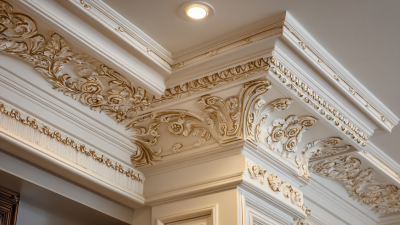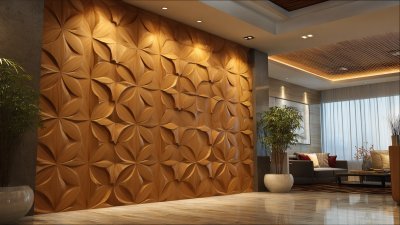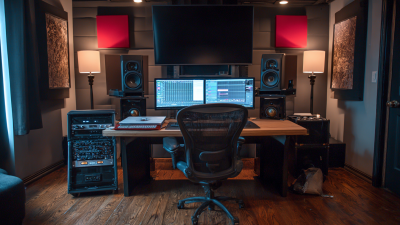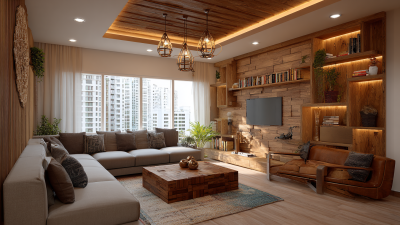In the realm of interior design, Decorative Moulding has emerged as a transformative element that adds both character and elegance to residential spaces. According to a report by Market Research Future, the global demand for decorative moulding is projected to grow by over 5% annually, reflecting the increasing emphasis on aesthetic appeal in home renovations. With various types of moulding available—ranging from crown and baseboard to wainscoting and chair rails—homeowners are presented with a multitude of options to enhance their living environments. Understanding these different types not only aids in making informed design choices but also ensures that each moulding style complements the overall architecture and interior décor of a home. This comprehensive overview will delve into the distinct categories of decorative moulding, equipping you with the knowledge to elevate your home's ambiance and value.

When it comes to enhancing the aesthetic appeal of your home, decorative moulding presents a versatile solution. Industry reports indicate that the decorative moulding market is projected to reach approximately $3 billion by 2025, reflecting a steady growth driven by homeowners' desire for elegant and personalized interiors. Among the various styles available, crown moulding, chair rails, and baseboards are some of the most sought-after options, each offering a unique touch to a room's design.
Crown moulding, often found where walls meet ceilings, adds a touch of sophistication and can create an illusion of height in a room. A recent survey by the National Association of Home Builders reported that 58% of homebuyers consider crown moulding a desirable feature. On the other hand, chair rails introduce a functional element while enhancing visual interest, serving to protect walls from chairs and other furniture. Baseboards, although often overlooked, can frame a room beautifully and serve practical purposes in covering gaps between the wall and the floor. These decorative elements not only elevate aesthetics but can also influence property values, making them a wise investment for any homeowner looking to enhance their space.
This chart illustrates the popularity of various types of decorative moulding commonly used in home design.
Crown moulding is an architectural feature that can significantly enhance the elegance of your home, adding a touch of sophistication that elevates any room. It serves as a transition between walls and ceilings, softening the angular lines and creating an illusion of height. This decorative trim comes in various styles and materials, allowing homeowners to express their unique aesthetics while complementing their overall design scheme. Whether you prefer the classic charm of wood or the sleekness of modern polyurethane, crown moulding can transform a mundane space into a luxurious haven.
Moreover, the installation of crown moulding not only boosts the visual appeal but also increases the perceived value of your home. By framing the upper part of the room, it draws the eye upward, contributing to a more open and airy feel. In living rooms, dining areas, or even bedrooms, crown moulding can serve as a focal point, highlighting architectural details and enhancing the overall ambiance. The choice of intricate designs or simpler profiles allows homeowners to tailor their décor according to personal taste, making crown moulding an essential consideration for anyone looking to add elegance and character to their interiors.
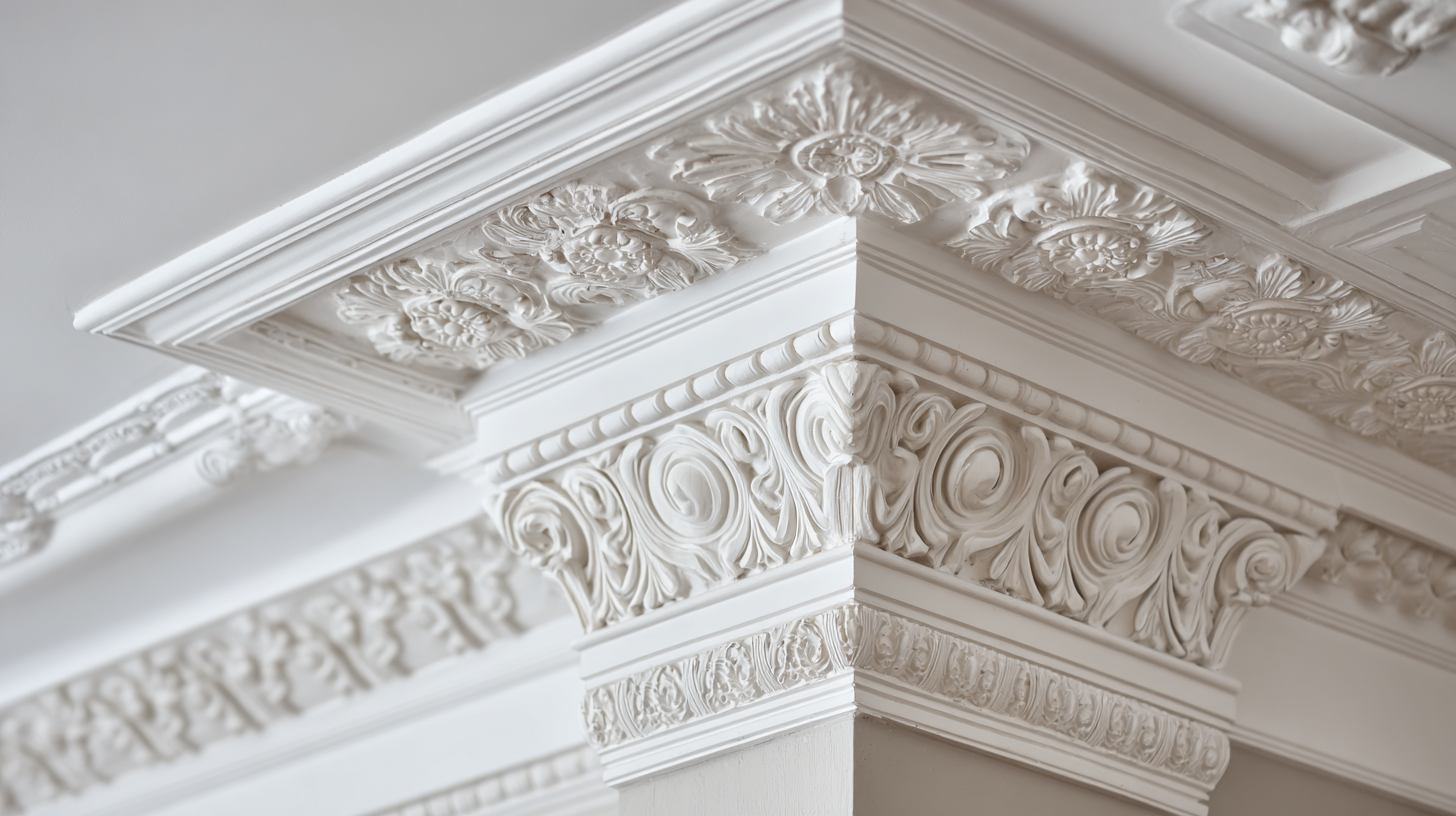
Baseboards are more than just a practical architectural feature; they serve as an essential design element that can elevate the aesthetics of any room. With various styles and materials available, homeowners have the flexibility to choose baseboards that complement their décor, whether it's traditional, contemporary, or somewhere in between. Classic styles, such as colonial or Victorian, can bring a sense of history and warmth to a space, while sleeker, minimalist designs can enhance modern interiors.
One of the fascinating aspects of baseboards is the wide range of variations that exist. From height and width to intricate patterns and finishes, these mouldings can dramatically impact the overall look of a room. Taller baseboards can create a sense of grandeur, making ceilings appear higher, while detailed profiles can introduce sophistication without overwhelming the décor. Additionally, painted or stained baseboards allow for creative expression, adding pops of color or texture that enhance the home’s design narrative. Each choice in baseboard design allows for personal style to shine through, turning an often-overlooked feature into a focal point of beauty.
| Type of Moulding | Description | Ideal Location | Material Options |
|---|---|---|---|
| Baseboards | Horizontal moulding at the bottom of walls that covers the joint between the wall and the floor. | Living Rooms, Bedrooms, Hallways | Wood, MDF, PVC |
| Crown Moulding | Moulding applied at the junction of walls and ceilings, adding a finished look. | Living Rooms, Dining Rooms, Bedrooms | Wood, Plaster, Polyurethane |
| Chair Rails | Moulding that runs horizontally along the wall, often placed at the height of a chair back to protect the wall. | Dining Rooms, Kitchens, Hallways | Wood, MDF, Vinyl |
| Casing | Moulding that surrounds doors and windows to provide a decorative finish. | Around Doors and Windows | Wood, PVC, Composite |
| Utilitarian Moulding | Basic mouldings providing functional benefits such as hiding imperfections in joints between different surfaces. | Kitchens, Bathrooms | PVC, MDF |
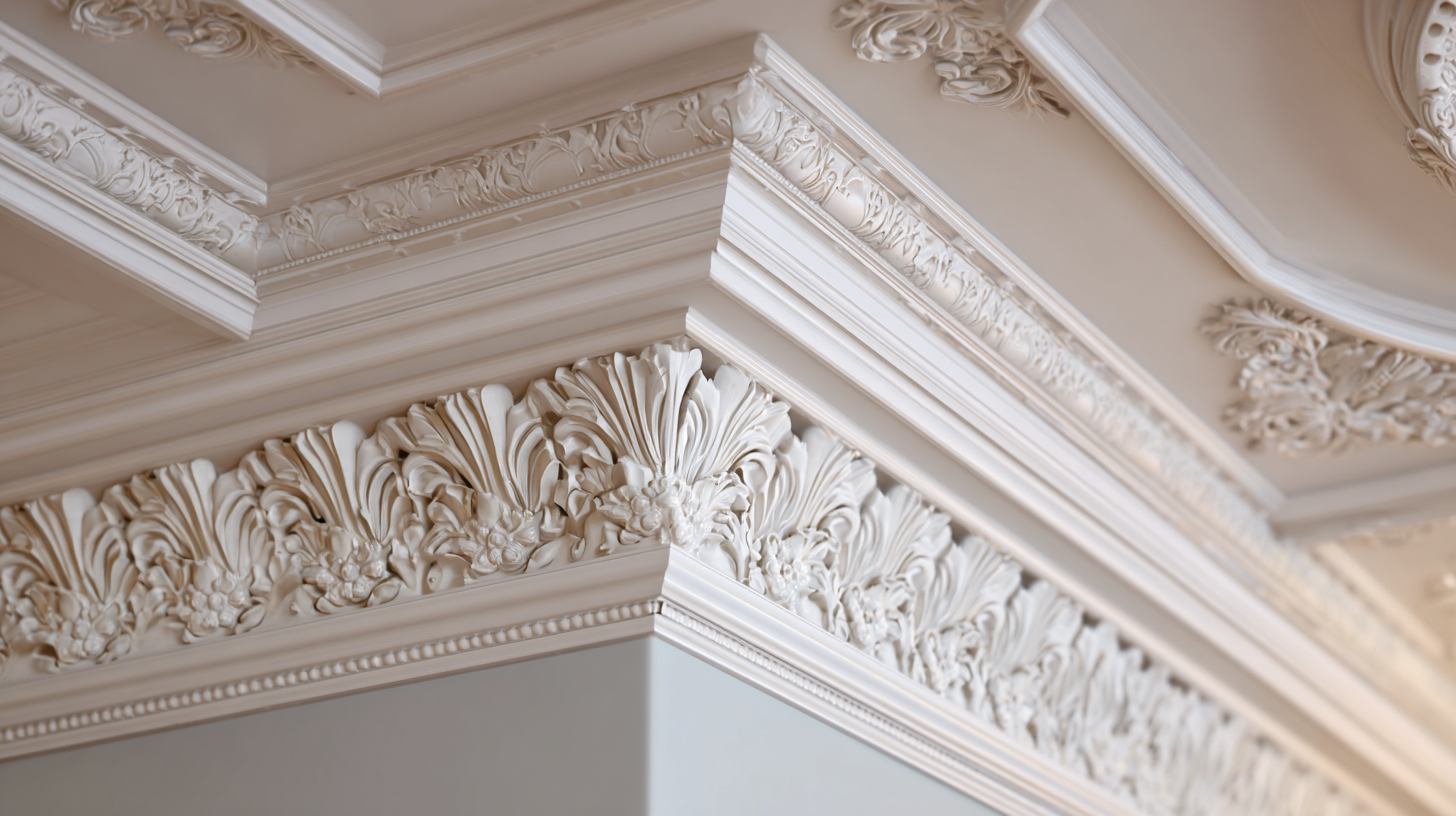 Wainscoting is an excellent way to add character and depth to your home, transforming plain walls into captivating focal points. This decorative technique involves the installation of wooden paneling along the lower portion of a wall, which not only enhances aesthetics but also provides practical benefits, such as protecting walls from scuffs and stains. When considering wainscoting, it's crucial to select the style that complements your existing décor—whether that's traditional, modern, or farmhouse. Each style’s distinct characteristics can help to define the overall atmosphere of a room.
Wainscoting is an excellent way to add character and depth to your home, transforming plain walls into captivating focal points. This decorative technique involves the installation of wooden paneling along the lower portion of a wall, which not only enhances aesthetics but also provides practical benefits, such as protecting walls from scuffs and stains. When considering wainscoting, it's crucial to select the style that complements your existing décor—whether that's traditional, modern, or farmhouse. Each style’s distinct characteristics can help to define the overall atmosphere of a room.
When it comes to installation techniques, there are various options to explore. The simplest method is the tongue-and-groove paneling, which interlocks for a clean finish, while a more intricate approach could involve raised panels for added texture and elegance. Painting the wainscoting a contrasting color can also create a striking visual effect, making the panels stand out. For best results, add decorative trim and molding at the top to frame the wainscoting, seamlessly tying it into the room’s design. By following these techniques and tips, homeowners can effectively use wainscoting to enhance their spaces with style and sophistication.
When choosing the right decorative moulding for your interior design theme, it's essential to align your selection with the overall style of your space. Whether your home embodies a modern aesthetic or a more traditional vibe, decorative moulding can accentuate these qualities. For instance, sleek, minimalistic moulding works beautifully in contemporary settings, while ornately detailed mouldings can enhance the charm of classic interiors. As you delve into options, consider the proportions and dimensions of your rooms; larger moulding can add a sense of grandeur to expansive spaces, while subtle designs may suit cozier areas better.
It’s also crucial to avoid falling into cliché themes when incorporating decorative moulding. Instead of defaulting to commonly used styles, explore unique combinations that reflect your personality. For example, pairing unexpected moulding shapes with bold color schemes can create a visually intriguing narrative throughout your home. As styles evolve, it’s beneficial to embrace trends that resonate with your aesthetic rather than simply adhering to the latest fads. By thoughtfully selecting moulding that complements your design theme, you can achieve a harmonious and sophisticated look that stands the test of time.


